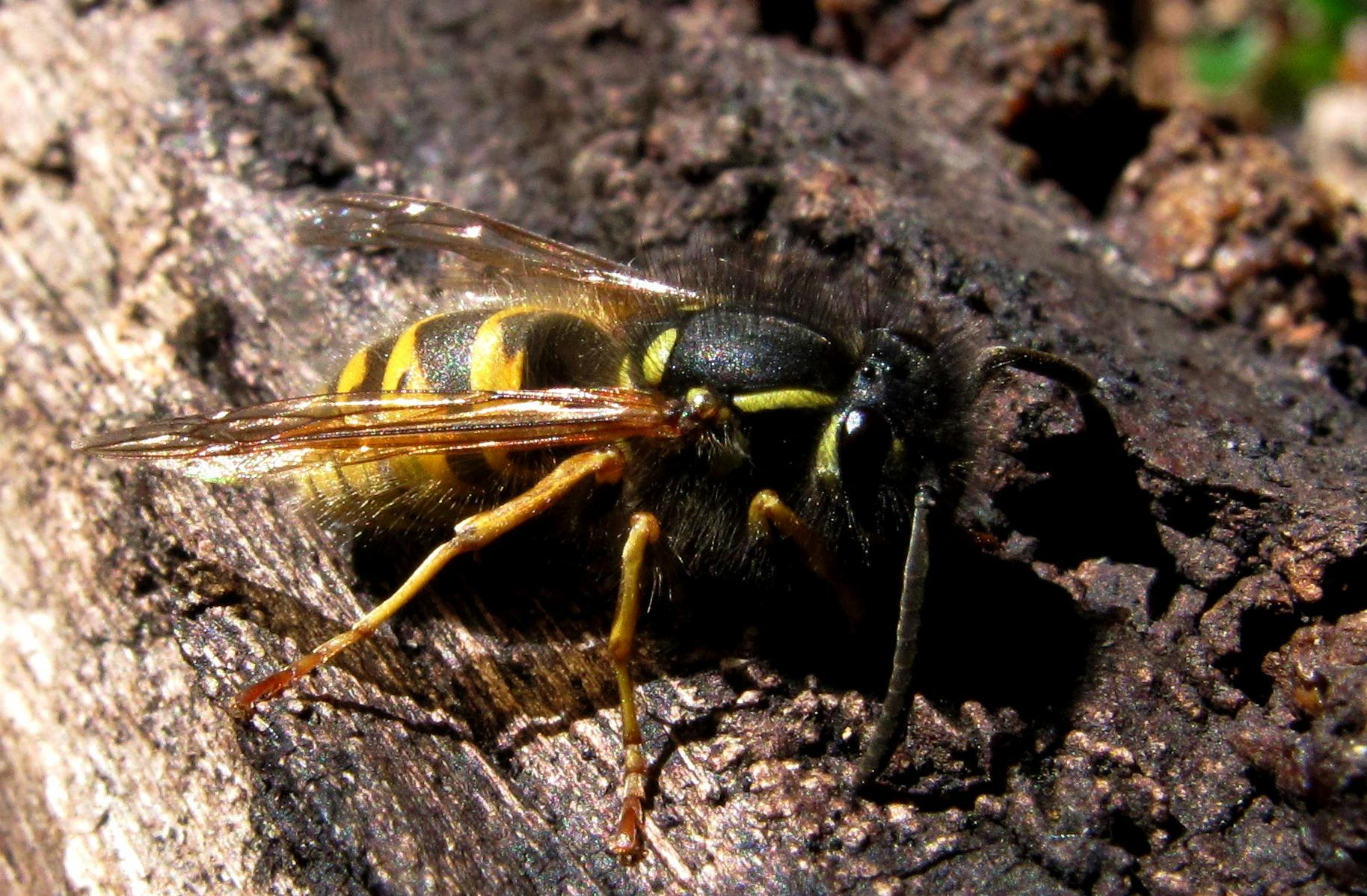It’s a shock to know that in summer, the biomass of wasps in South Island beech forest weighs more than birds and rodents combined.
It’s a reason ‘Wasp Wipeout’ is into its fourth season this summer, with control efforts spreading into Wellington, West Coast, Canterbury, Central Otago and Auckland.
German and common wasp populations are targeted in late summer using the Vespex wasp baiting system. Paper wasps will also be targeted this season, which is a first for the campaign.
The introduced pests kill native vertebrates and invertebrates and are estimated to cost the New Zealand economy $130 million annually.
Vespex is a protein bait containing an insecticide that can reduce wasp activity by more than 90 per cent when carried out correctly.
DOC science advisor, ecology, Eric Edwards said wasp numbers will remain low for the rest of the season, once areas have been baited.
“Vespex only needs to be used at most once a year to control wasp populations but in many areas, such as the upper South Island where wasps reach high densities, Vespex wasp control is carried out every season,” he said.
Despite its effectiveness, wasps have an annual lifecycle, and numbers can bounce back within a year.
Edwards believes awareness about wasp depredations is growing.
“It’s happening as more community groups get involved in conservation and as more information becomes available, including through Wasp Wipeout,” he said.
Edwards said common and German wasps occur over large areas, and Vespex bait stations don’t work at a big enough scale to fully combat the pests.
“Technologies, such as biocontrol insects, to suppress the effects of wasps at bigger scales are still needed,” he said.








